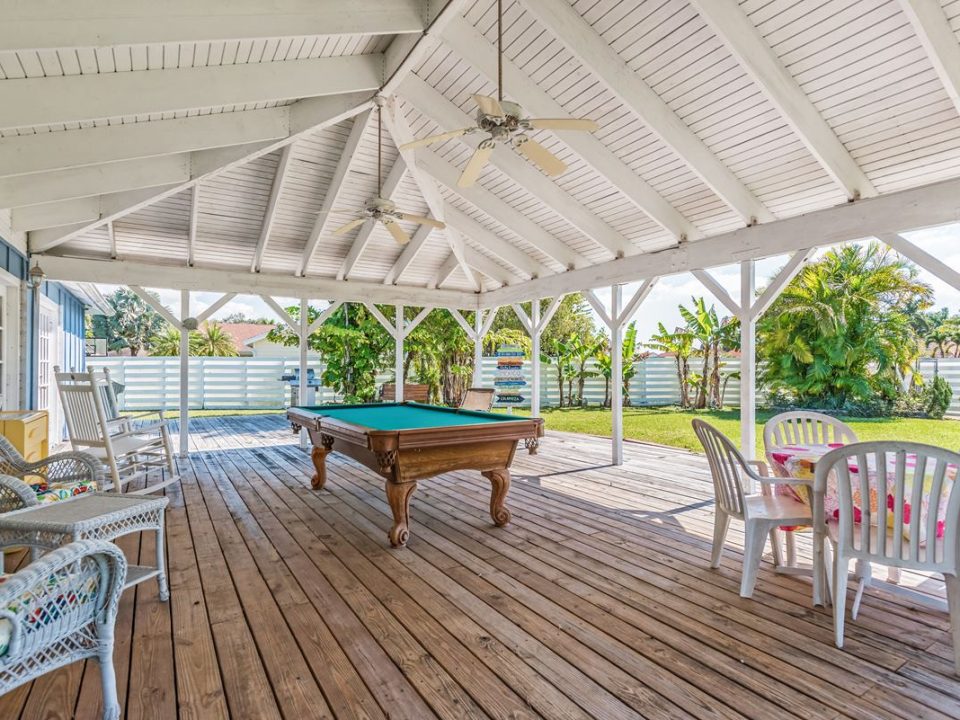The Dutch South African Village of Coral Gables
If you’ve been following my posts on George Merrick’s six whimsical themed villages of Coral Gables, this marks the fifth installment of the series. (Check out previous posts on the Florida Pioneer Village, the Italian Village, the French City Village, and the Chinese Village.) The Dutch South African Village was an interesting architectural project. Aside from its origination as part of Merrick’s already visionary concept for bringing diverse design influences into the City Beautiful, this village’s particular focus is on the homes of Dutch colonists who settled in South Africa in the 17th century (which is just a little more obscure of a reference point than, say, the Italian or Chinese village).
Designed by the well-known Palm Beach architect Marion Sims Wyeth, this unique subdivision drew inspiration from the Dutch farmhouses of those wealthy planters. Its five homes are distinct and yet fit perfectly in Miami, with Cape Dutch-style whitewashed walls, ornate gables, and a general H-shape design (featuring a front section flanked by two wings running perpendicular to it). The style has its roots in medieval Germany, France, and the Netherlands, and the decorated gables in particular evoke many of the townhouses of Amsterdam. The Dutch South African Village is located just a few blocks north of the Coral Gables Waterway and includes 6612, 6700, 6704, and 6710 LeJeune Road and 6705 San Vicente Street.
One of the properties, 6705 San Vincente, was on the market in April 2014, with an asking price of $2.175 million. You can take a peek inside here, for a glimpse at the charming architectural details. To explore the Dutch South African Village of Coral Gables further, or if you are interested in purchasing a property in any of Merrick’s villages, get in touch. Though the properties are limited in number, they do hit the market, and I would be more than happy to let you know the moment one of them does.




